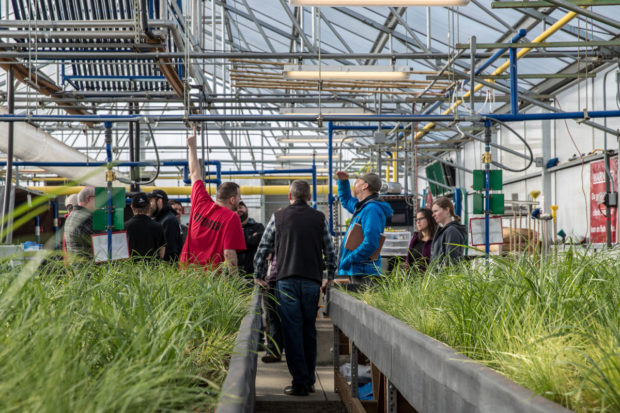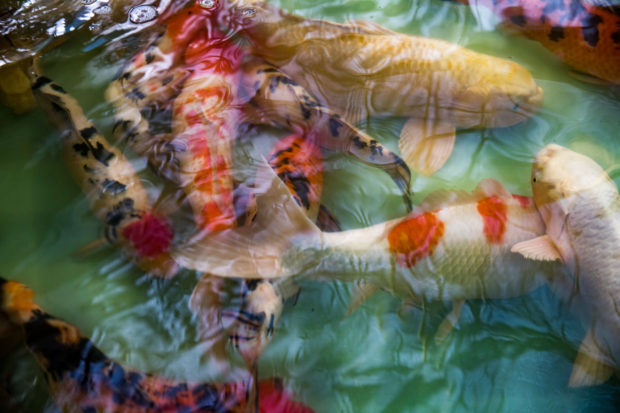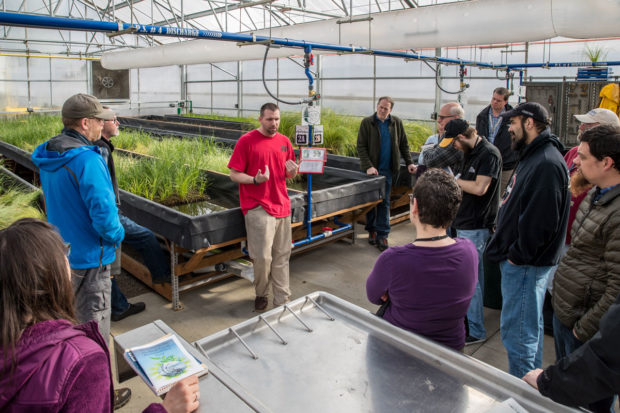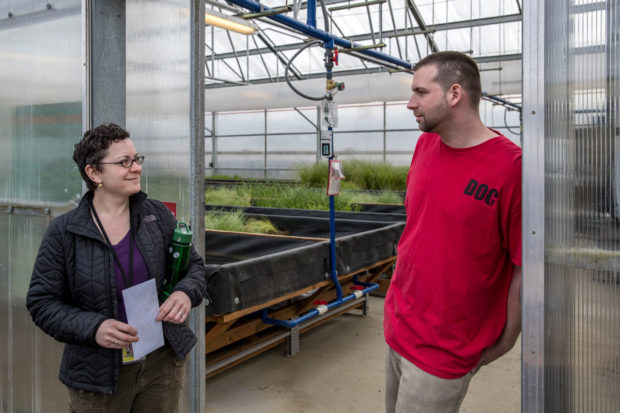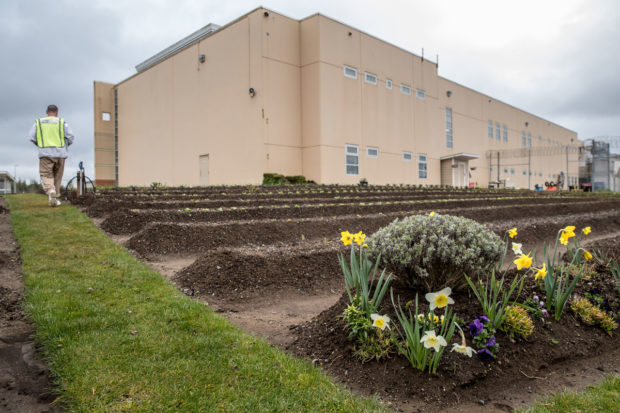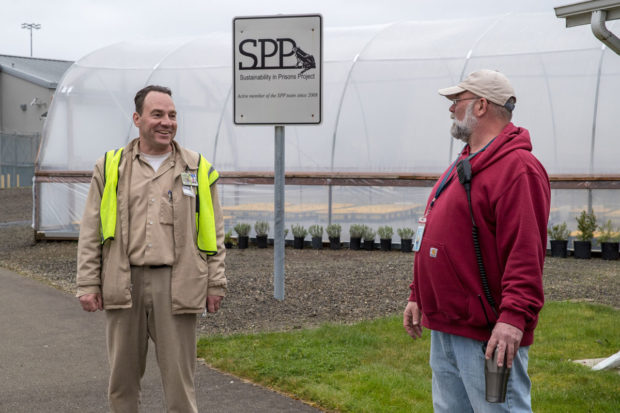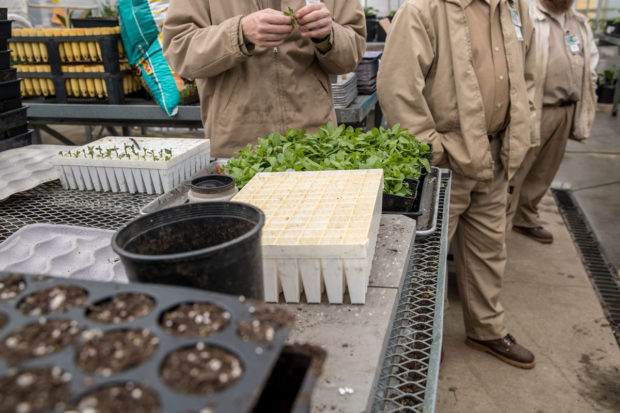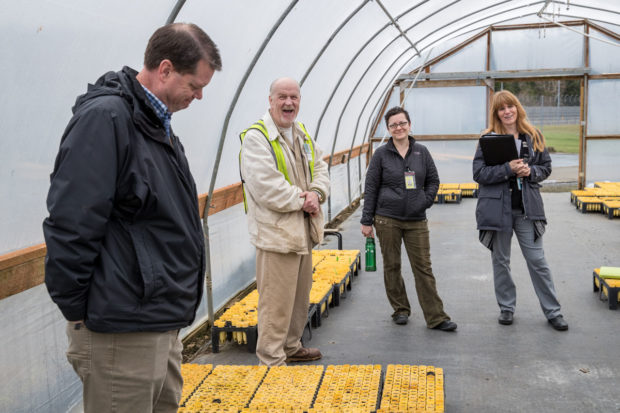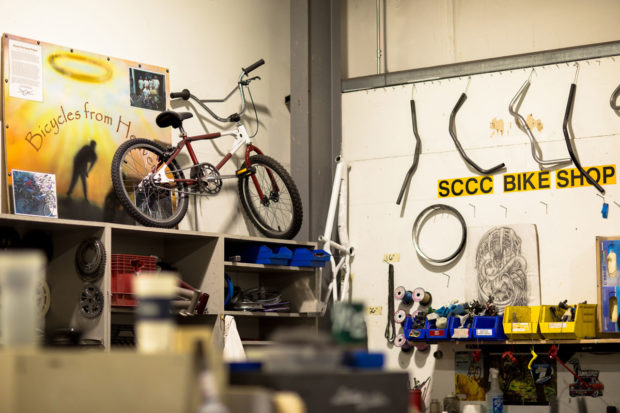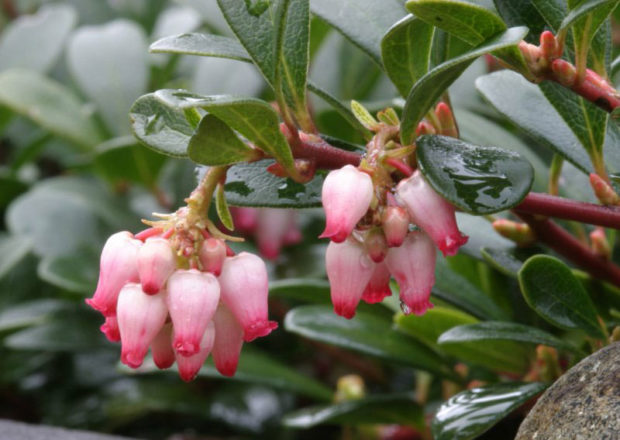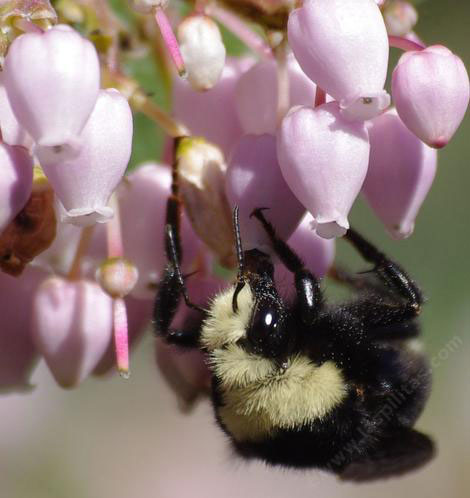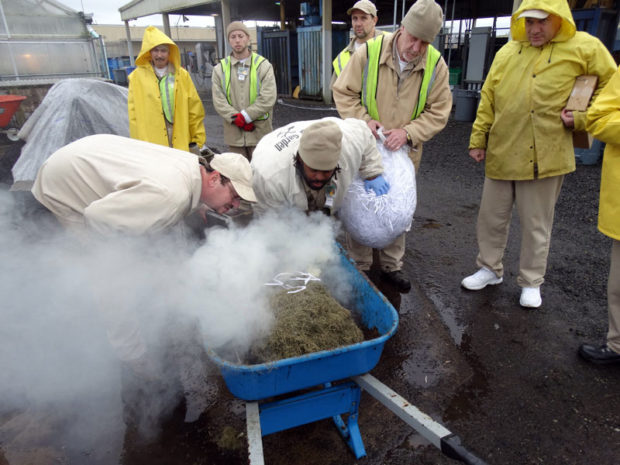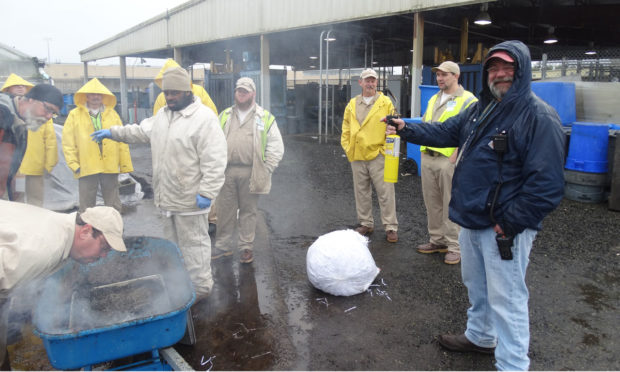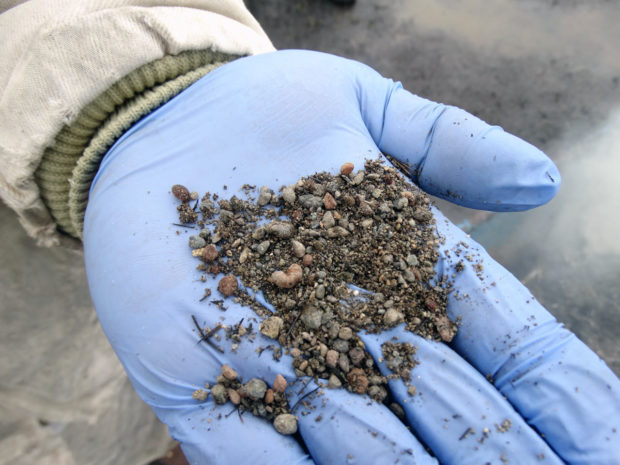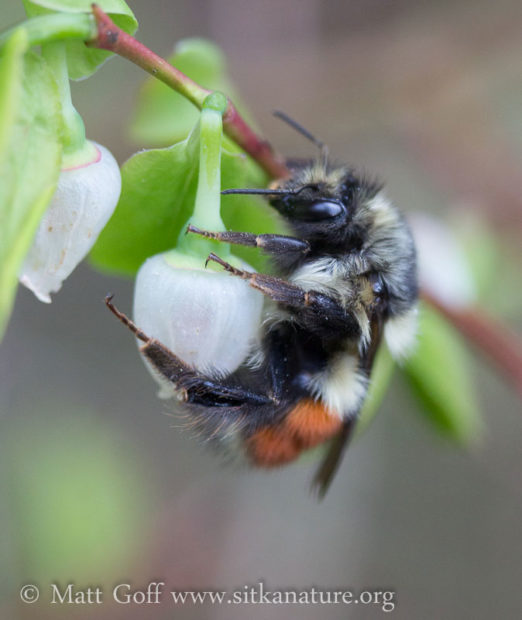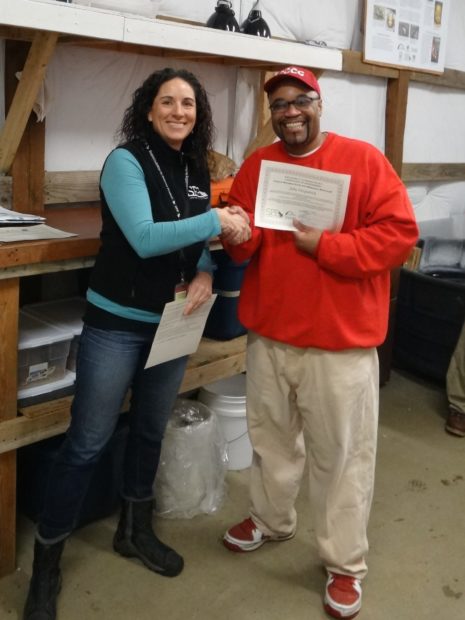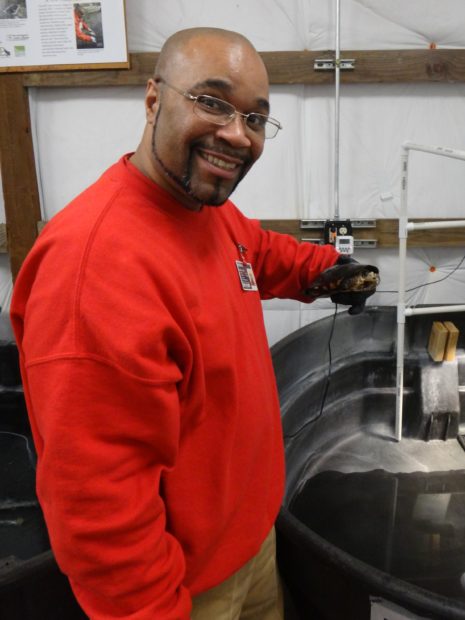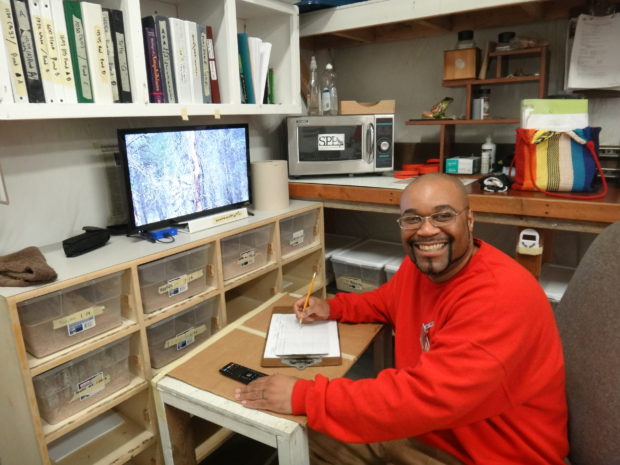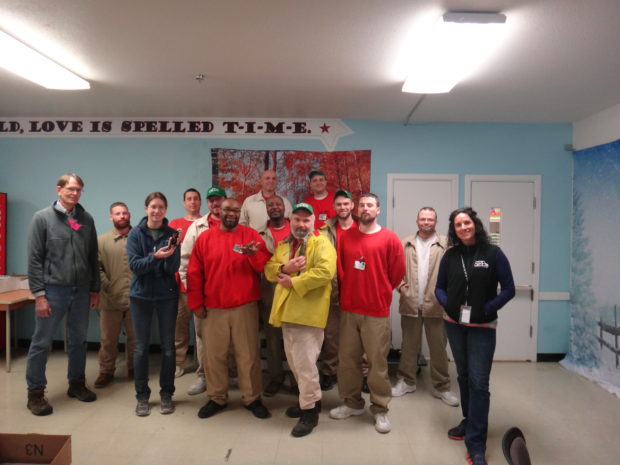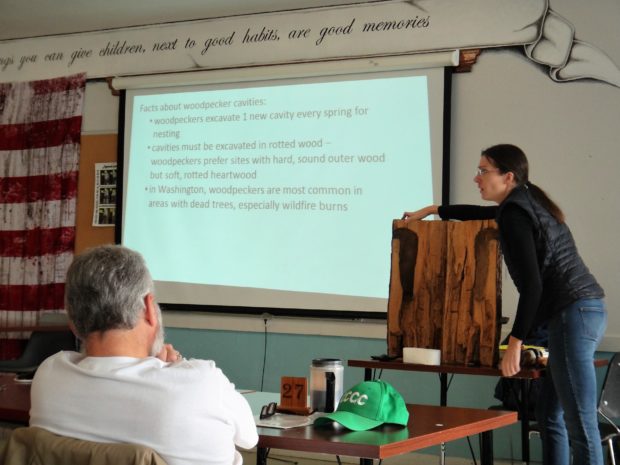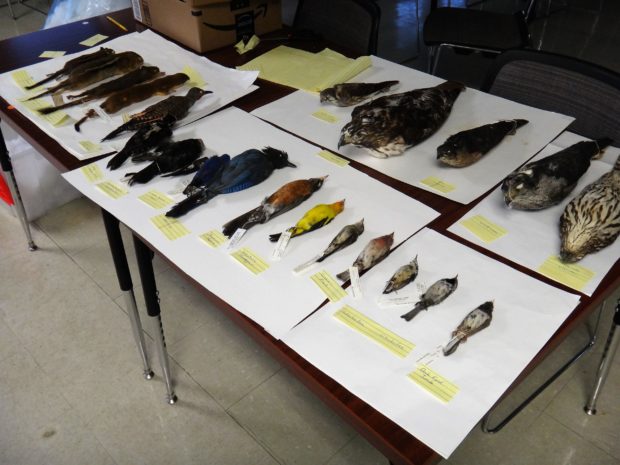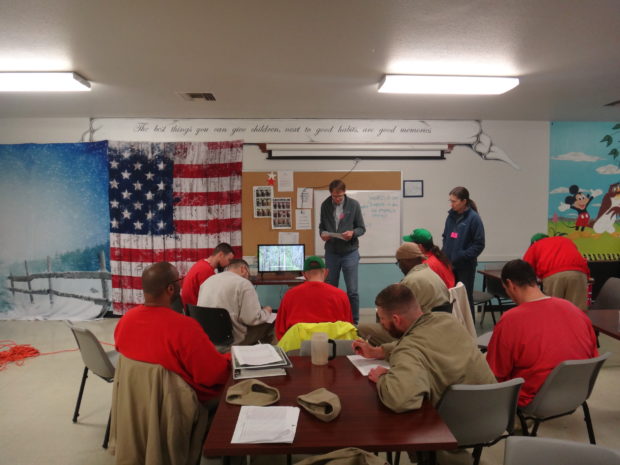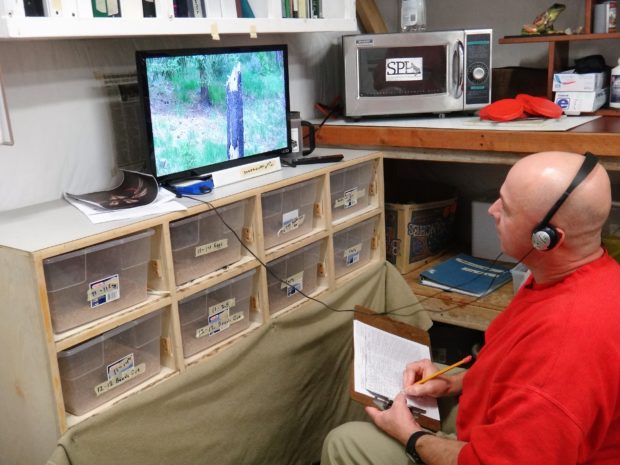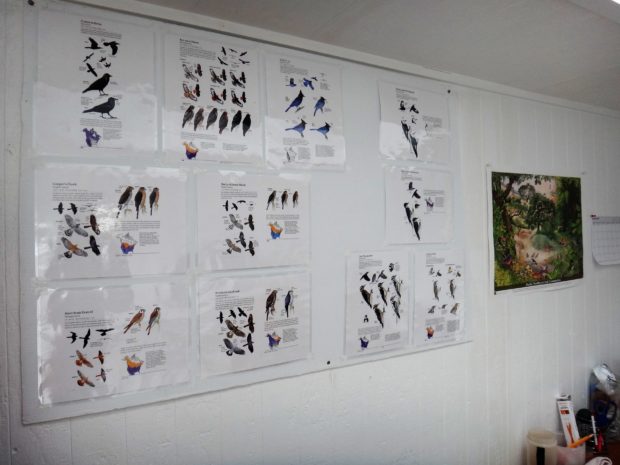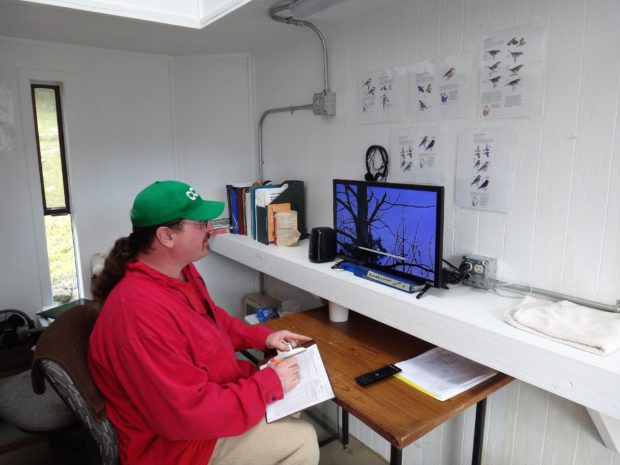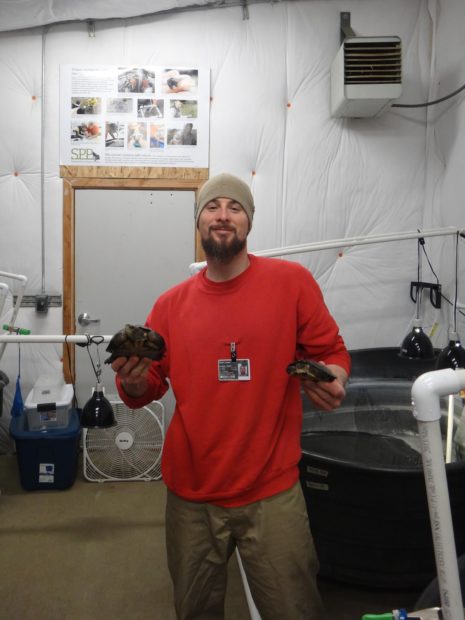by SPP Co-Director Kelli Bush
Note: This blog post was intended to be published sooner to acknowledge our contributors. We apologize for the delay.
Sustainability in Prisons Project’s mission is to bring sustainable change into prisons through science, nature and environmental education programs. To advance this mission, we leverage resources by collaborating with incarcerated people, agencies, organizations, and individuals, and together make innovative and impactful programs possible. Ecological conservation programs are perhaps our best examples of successful collaborations, as extensive partnerships are essential to the complex work involving threatened or endangered species. The new Sheep Husbandry Program at Washington State Penitentiary (WSP) is an excellent example of collaboration.

Sheep program partners (missing WSU and SPP staff). Photo credit: Kelli Bush, SPP
Washington Department of Fish and Wildlife has been guiding program development with their extensive knowledge of bighorn sheep recovery. Dr. Richard Harris and Mr. Jared Oyster have educated incarcerated participants and other partners on the issues facing wild bighorn sheep recovery. Through their established relationships at Washington State University, we have received excellent support for pathogen testing from Dr. Tom Besser. Also crucial, they have provided nearly all of the funding support for this pilot program.

Mr. J.D. Atteberry, Dr. Richard Harris, and Mr. Jerry Kjack looking at the newly completed sheep program site. Photo credit: Kelli Bush, SPP
Many thanks to Superintendent Donald Holbrook and Associate Superintendent Carla Schettler for agreeing to host this program at WSP. Associate Carla Schettler, Sgt. Stefan Randolph, Lt. Jarrod Sumerlin, Donna Hubbs, Toni Alvarado-Jackson, Ken Mitchell, Tonya Gould, Ellis Erikson, Brad Bisconer, Stephanie Parrish, unit staff, and East Complex staff have all dedicated their time escorting incarcerated program participants to the sheep site, and assisting with animal care. Special thanks to third shift staff in the East Complex for their contributions.

Lt. Jarrod Sumerlin opening gates to the sheep pasture area. Photo credit: Kelli Bush, SPP
Before sheep could even be housed at WSP, work had to be done to provide adequate shelter, pasture, water and electricity to the site. Thanks to J.D. Atteberry, Kellyo Gallaher, Stephan Birdwell, George Blevins, and Cheri Able-Johnson for their continued dedication to program infrastructure. Together this crew transformed an area previously used to raise pheasants into the new sheep program site.

Program participants and corrections staff cleaning up pasture site. Photo credit: Kelli Bush, SPP
Also, we are grateful to the program participants incarcerated at WSP. Through their excellent care, dedication, and commitment to learning, the pilot program is able to explore innovative solutions to a complex wildlife conservation issue. Incarcerated participants are being trained and supported by local sheep husbandry experts Jerry Kjack and Gerry Glenn. Both Jerry and Gerry have also played critical roles in program development.
Together, all partners are playing key roles in making this collaboration a success. As a team, we can benefit incarcerated people, wildlife, and communities!














